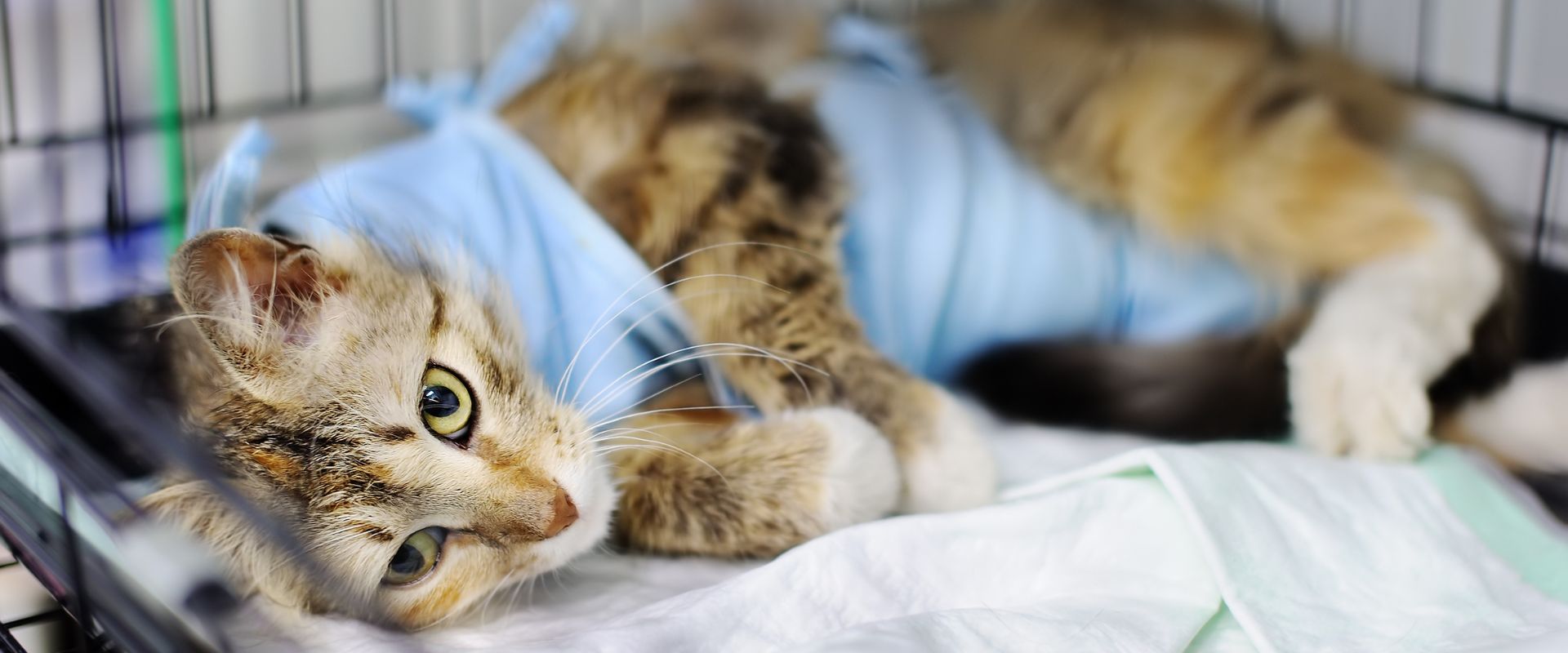Our Service

Neutering
When desexing a pet, veterinarians will remove the uterus and ovaries for females and the testicles for males. The surgery is carried out under general anaesthesia.
What are the benefits of desexing?
- Prevent unnecessary breeding of animals in the community, hence lowering the number of stray animals
- Reduce the risk of prostate, testicular, uterine and mammary gland diseases and cancers in pets
- Reduce urine-marking behaviours
- Reduce the urge to escape
- Reduce injuries related to roaming and aggressive behaviour
- Prevent phantom pregnancy
- Eliminate all diseases associated with pregnancy and parturition
When is a good time to desex my pet?
If you do not plan to breed your pets, desexing is recommended as its benefits far outweigh the drawbacks. Desexing is recommended at 6 months of age. The earlier the surgery is performed, the shorter the surgery time and the quicker the wound heals. The recovery time needed depends on the breed, size, sex and health status of your pet. Your pet will be required to put on an Elizabethan collar after the procedure to prevent licking and biting of the surgical site. The owner will be advised to monitor any swelling and discharge at the wound site daily. Keep the wound clean and dry for fast healing.
